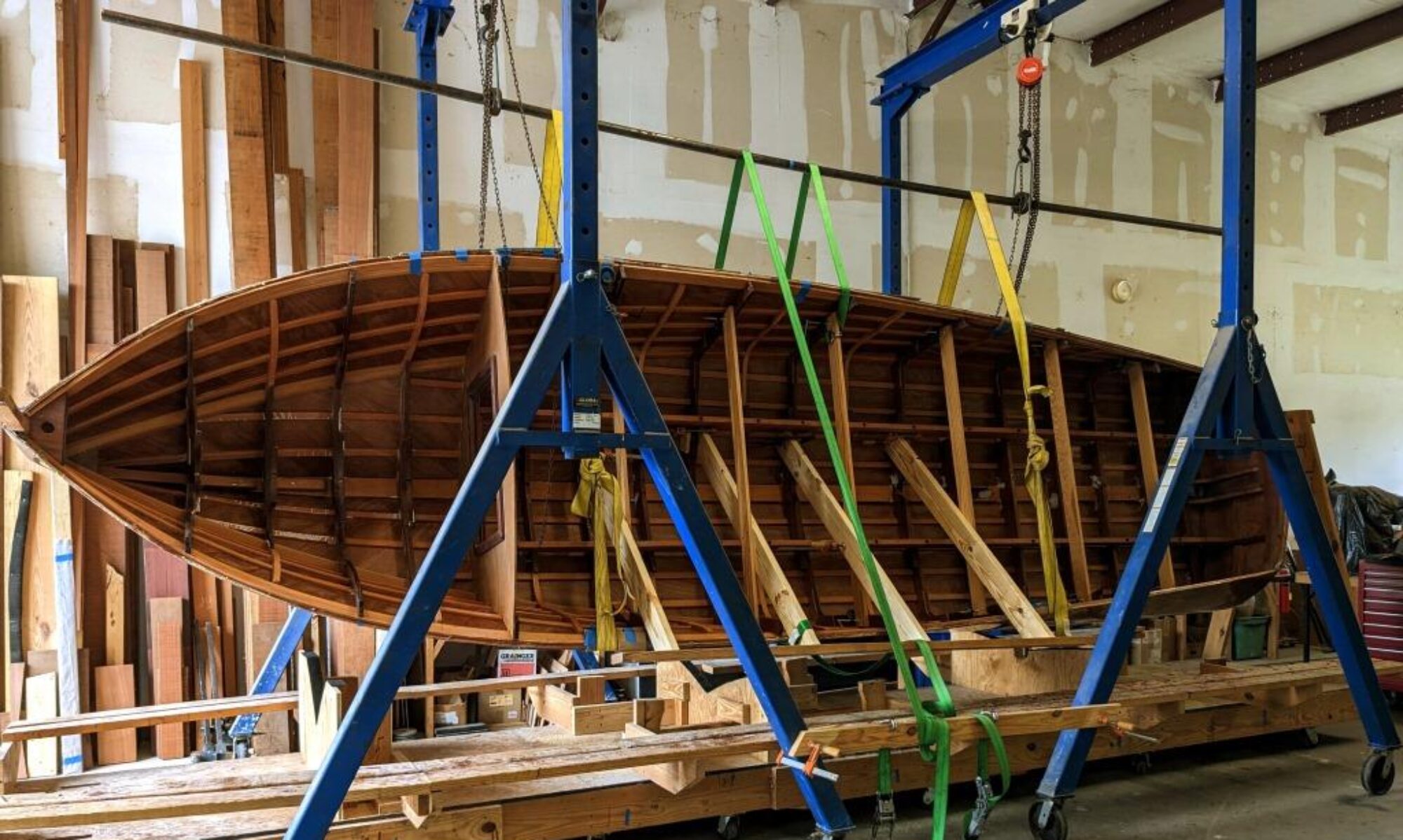
Over the next few weeks, I’ll be writing about a recent project–restoring a strip planked canoe. These canoes are built by nailing thin wooden strips to a set of forms, and glueing the edges of the strips together. Once all the strips are in place, a layer of fiberglass is glued to the outside of the built up canoe. Then the forms are removed and fiberglass is glued to the inside of the boat. This creates a rigid, light structure that one person can easily carry by themselves. And they’re beautiful too! Continue reading “Restoring a Strip Planked Canoe”



